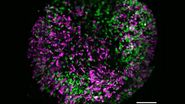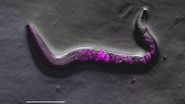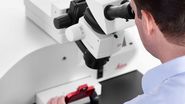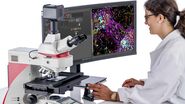What you will learn in this webinar
Key Learnings
- Discussion of results from infectious disease and neuroscience research.
- Review of the equipment and techniques necessary for CLEM success in cell biology.
- Summarize how to define and optimize important parameters to improve results, including Tips & Tricks.
Speakers

Elizabeth R. Wright, Ph.D.
Professor of Biochemistry; Affiliate, Morgridge Institute for Research University of Wisconsin-Madison (USA)
Bio: Liz received her Ph.D. in Chemistry from Emory University. She engineered elastin-mimetic materials that are used for drug delivery and tissue engineering applications. She was a postdoctoral research associate in materials science at the University of Southern California. She was a postdoctoral scholar with Professor Grant Jensen at Caltech where she developed cryo-ET technologies and used cryo-ET to study HIV-1 maturation. She joined Emory University as an Assistant Professor in 2008 and was promoted to Associate Professor in 2016. She moved to the University of Wisconsin, Madison as a full Professor in 2018. Her research program focuses on the development and use of cryo-EM and correlative light and electron microscopy (CLEM) imaging technologies to determine the native-state structures of several bacterial species, bacteriophages, HIV-1, respiratory syncytial virus (RSV), measles virus (MeV), and other host-pathogen systems.
Jae E. Yang, Ph.D.
Postdoctoral Research Associate, Wright Laboratory, University of Wisconsin-Madison (USA).
Bryan S. Sibert, Ph.D.
Postdoctoral Research Associate, Wright Laboratory, University of Wisconsin-Madison (USA)
Joseph Y. Kim
Graduate Student, Wright Laboratory University of Wisconsin-Madison (USA)







